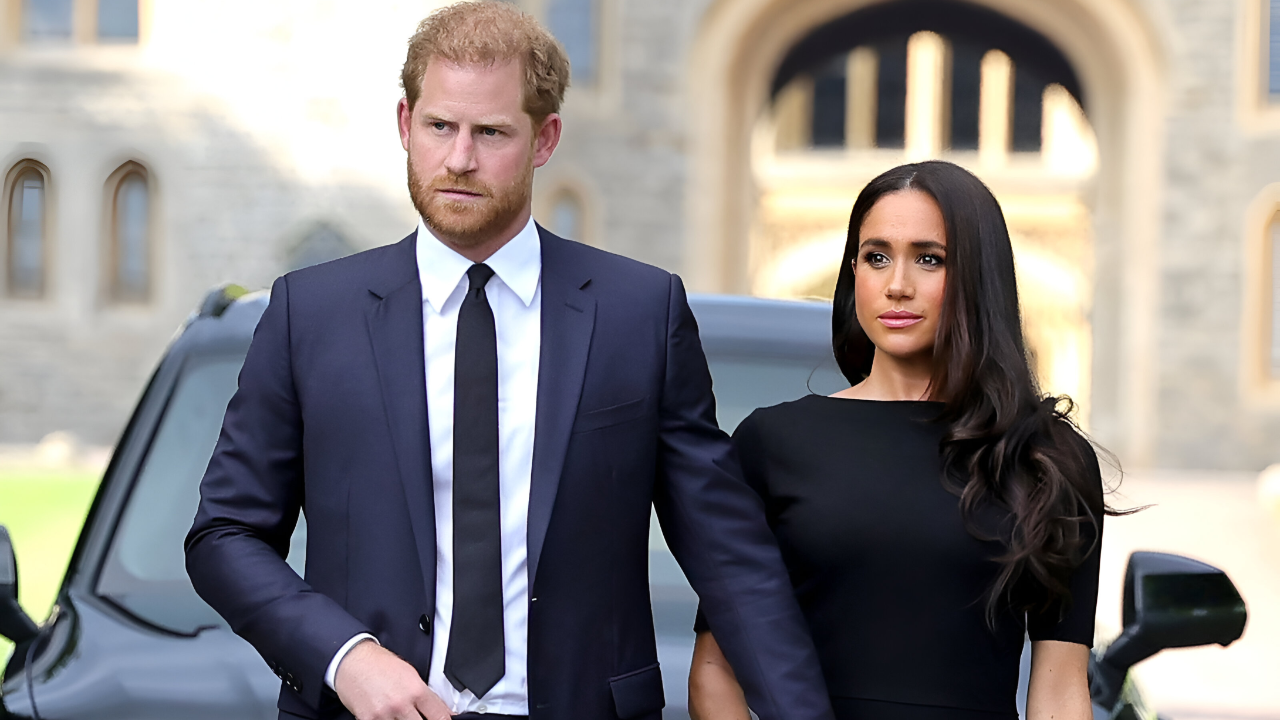
At 76, King Charles III grapples with personal and public challenges, including a long-standing rift with his son, Prince Harry, who lives thousands of miles away. Harry’s plea in May 2025 was clear: “There’s no point in continuing to fight anymore. Life is precious.” Behind palace doors, a subtle signal of possible reconciliation is emerging.
This quiet gesture goes unnoticed by many but hints at a fragile hope for healing deep wounds. Let’s look into what’s unfolding behind the royal curtain.
The Royal Rift Deepens
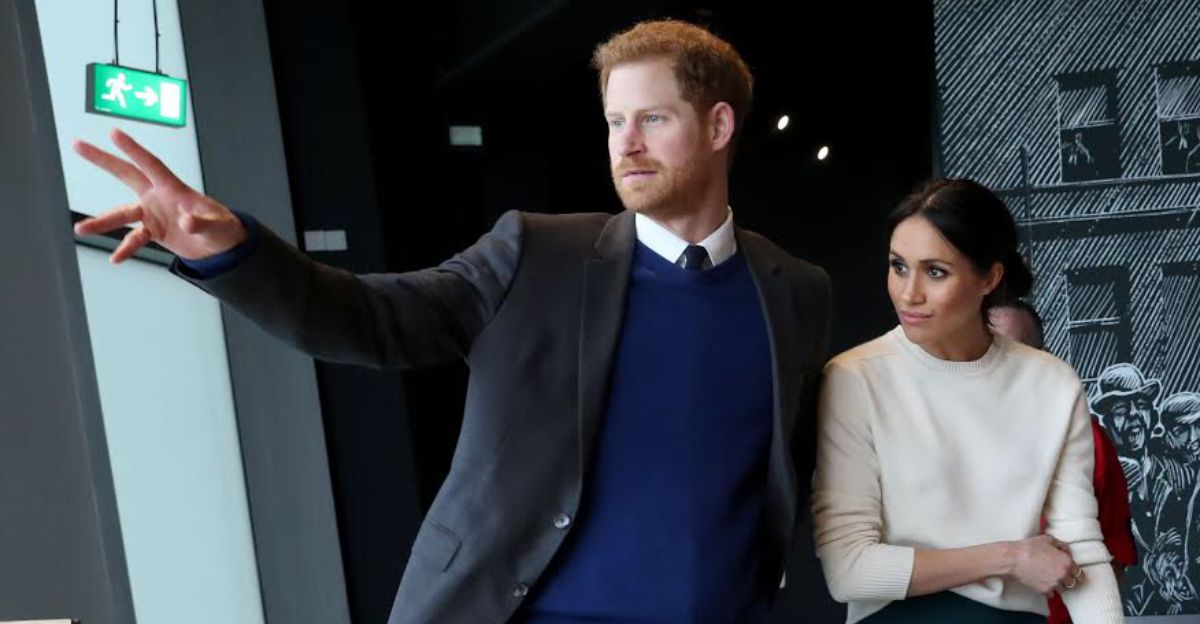
Since stepping back from royal duties in 2020, Harry and Meghan’s relationship with the royal family has been strained by public conflicts. The Oprah interview, Harry’s memoir “Spare,” and their relocation to California intensified the divide.
Their face-to-face contact with Charles has been rare, with a brief meeting in September 2024 marking their first encounter in months. The gap seemed unbridgeable — until now.
A Royal Residence Tells a Different Story
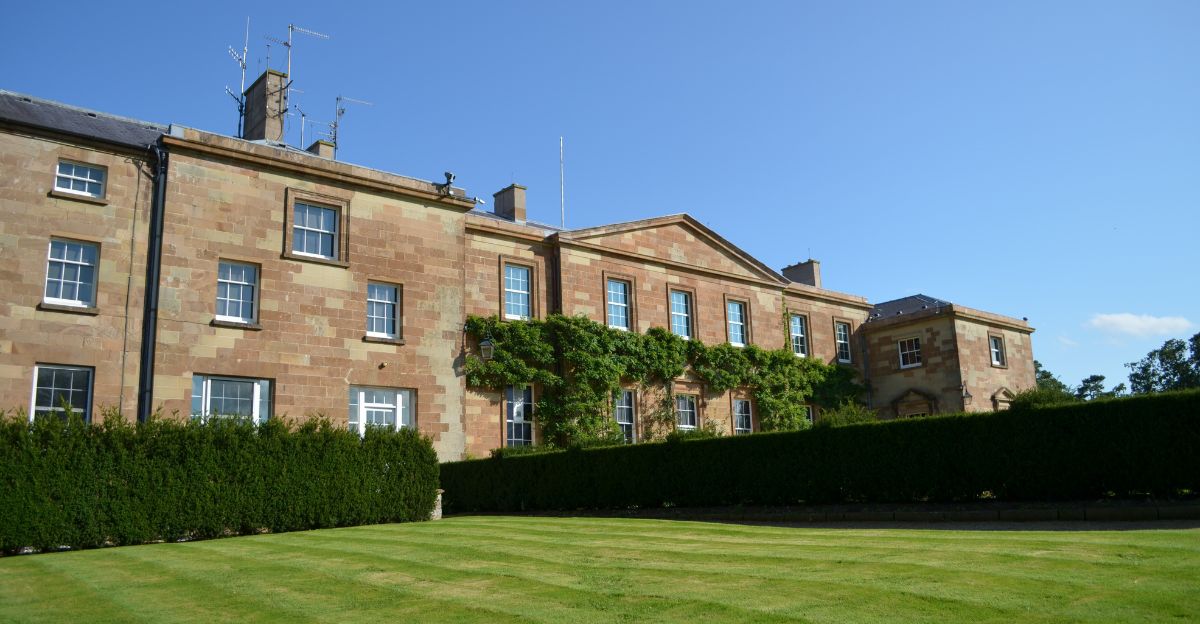
Hillsborough Castle, King Charles’s official Northern Ireland residence, is more than a historic home; it’s a carefully managed diplomatic stage. In 2024, the castle welcomed 109,639 visitors, marking a notable rise among UK attractions.
A royal insider explains that every detail of the decor is deliberate. Recently, visitors noticed something unusual about the family portraits displayed there, hinting at a deeper message.
What Hangs on Palace Walls Speaks Volumes
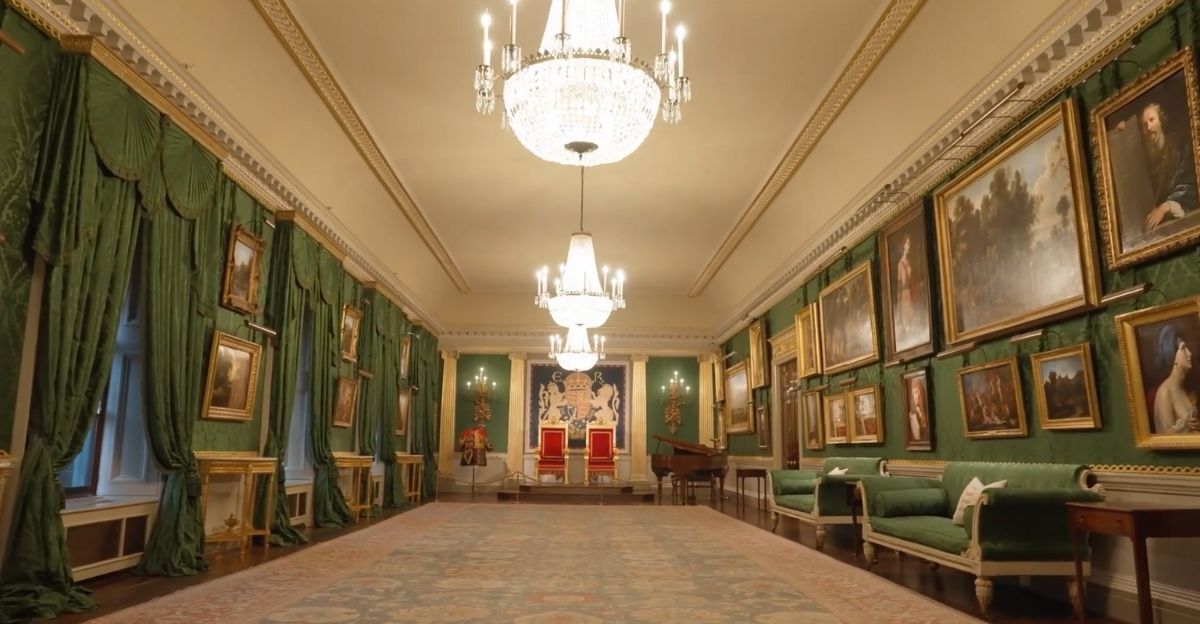
Photo arrangements in royal homes aren’t just decoration; they communicate status and favor. In late 2019, a Sussex photo was removed from Buckingham Palace—a clear sign of tension.
Every framed image carries meaning about who’s embraced by the family and who is sidelined. The latest display at Hillsborough Castle has drawn attention for what it reveals quietly, yet powerfully.
The Olive Branch Hidden in Plain Sight
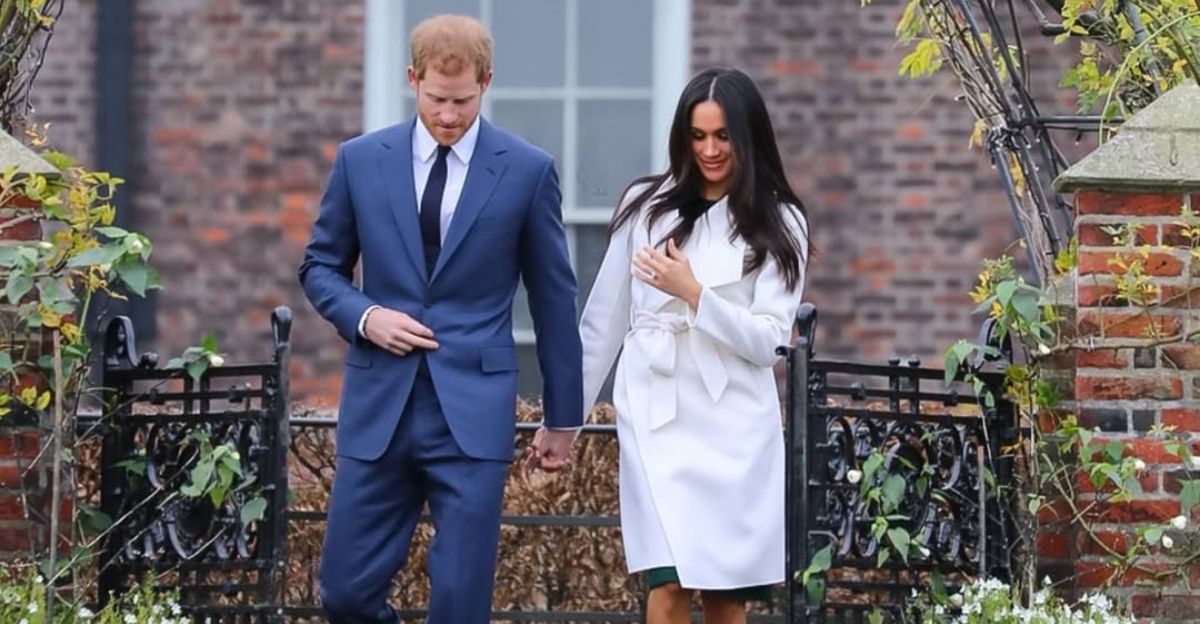
King Charles broke with recent protocol by placing framed photos of Prince Harry and Meghan in the State Drawing Room of Hillsborough Castle. These include their 2017 engagement portrait and a 2018 family photo from Charles’s 70th birthday.
This public positioning in an official royal residence sends a clear message—Harry and Meghan are recognized and welcomed back, despite their estrangement and lack of active royal roles.
The Numbers Behind the Gesture
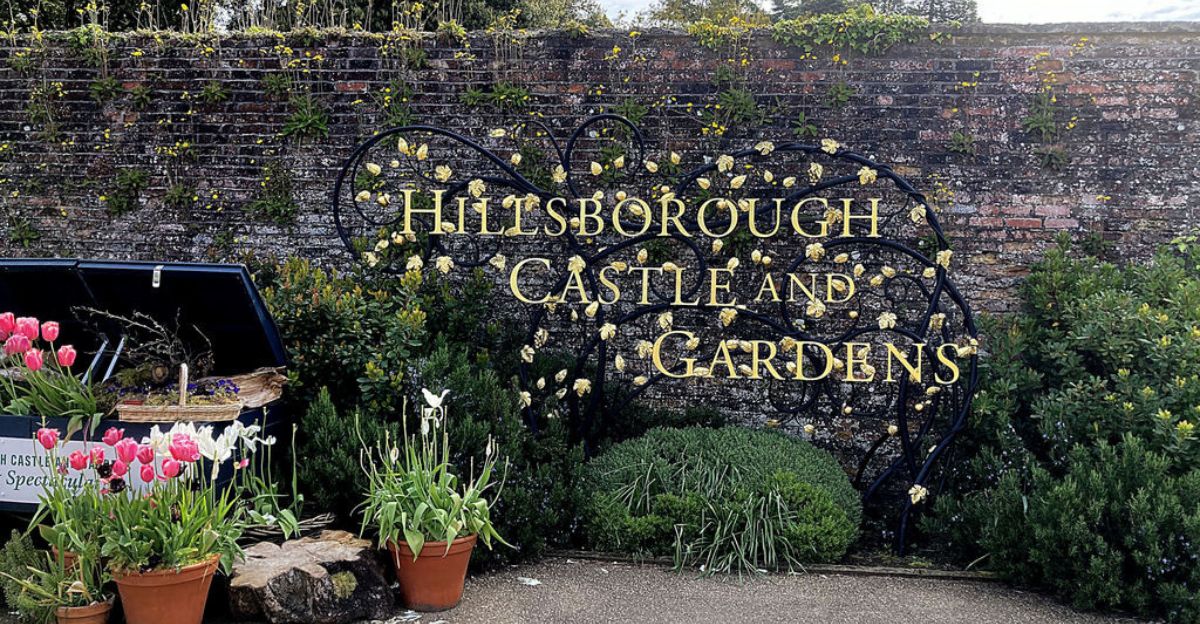
With Hillsborough Castle’s over 109,000 annual visitors, these photographs are seen by thousands every week—a steady and quiet signal of openness. Just 10 percent sharing images online could generate around 11,000 social media posts, spreading the message far beyond castle walls.
A tourism expert notes the subtlety: “Royal imagery carries viral potential because it speaks both to tradition and current narratives without a single word spoken.”
The Silent Purge Next Door
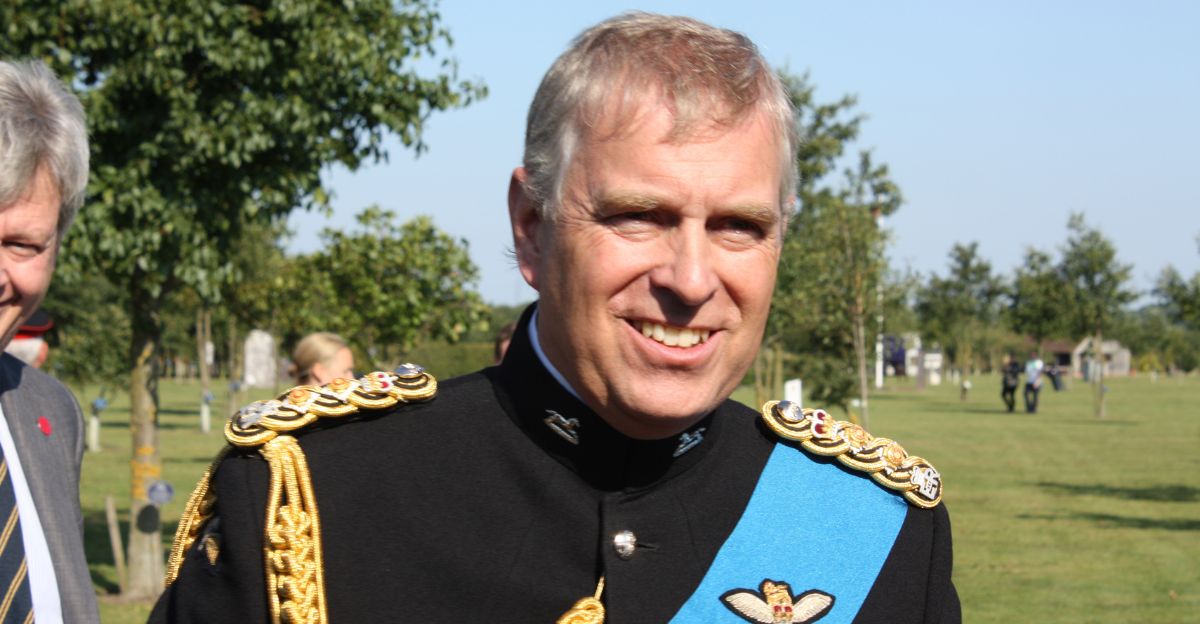
In stark contrast to the Sussex photos, there is a complete absence of Prince Andrew’s images at Hillsborough Castle. Since stepping back from royal duties in 2019 amid serious controversy and legal settlements, Andrew’s official presence has been expunged.
Charles’s choice signals selective rehabilitation—embracing the estranged son while keeping distance from the disgraced brother.
A Diplomatic Channel Through Décor
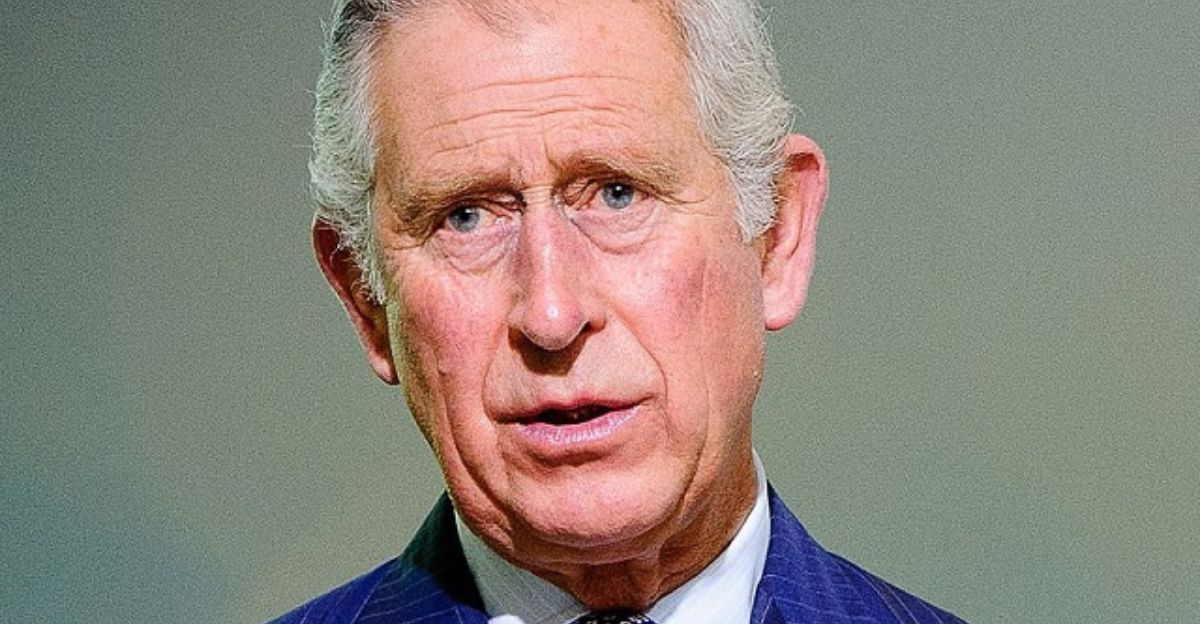
Rather than public statements, Charles uses quiet symbolism. The photos’ display signals a door left ajar without committing to public reconciliation or joint appearances.
Royal expert Jennie Bond observed in 2024 that Charles “has not entirely dismissed the possibility” of mending ties, balancing a compassionate nature with royal responsibility.
The Momentum Building Behind Closed Doors
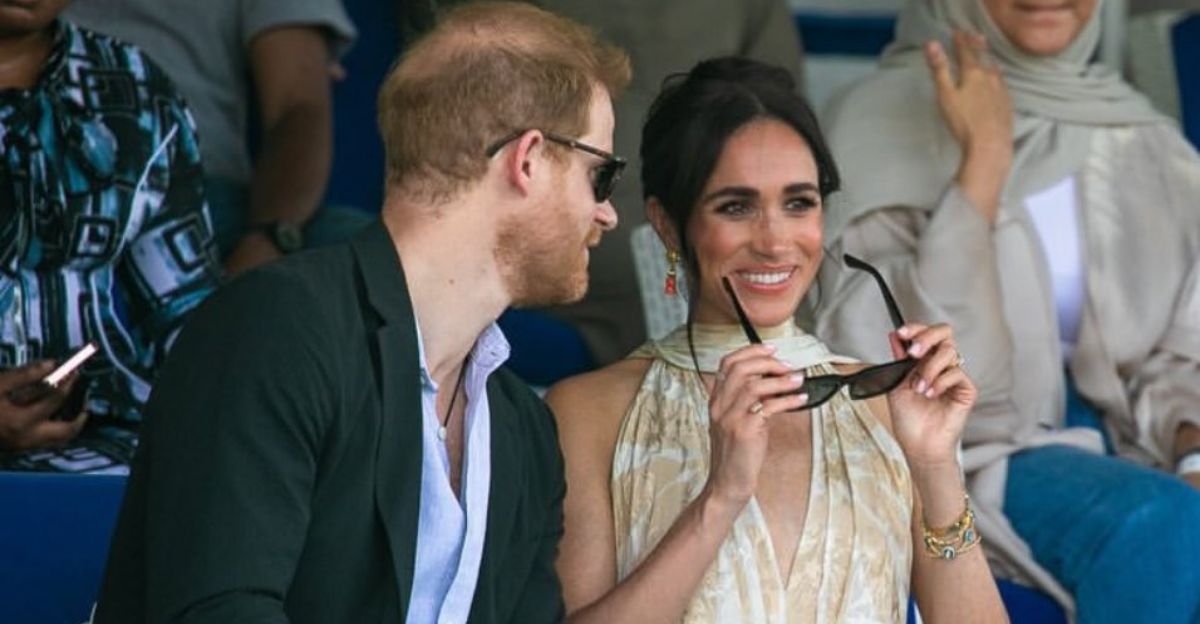
Following Harry’s May 2025 reconciliation plea and his September UK visit, insiders report discreet discussions between aides from both sides, hinting at gradual rapprochement.
Though no formal announcements have been made, close observers note an atmosphere of thawing tensions with cautious optimism emerging within royal circles.
The September Gift That Changed Everything
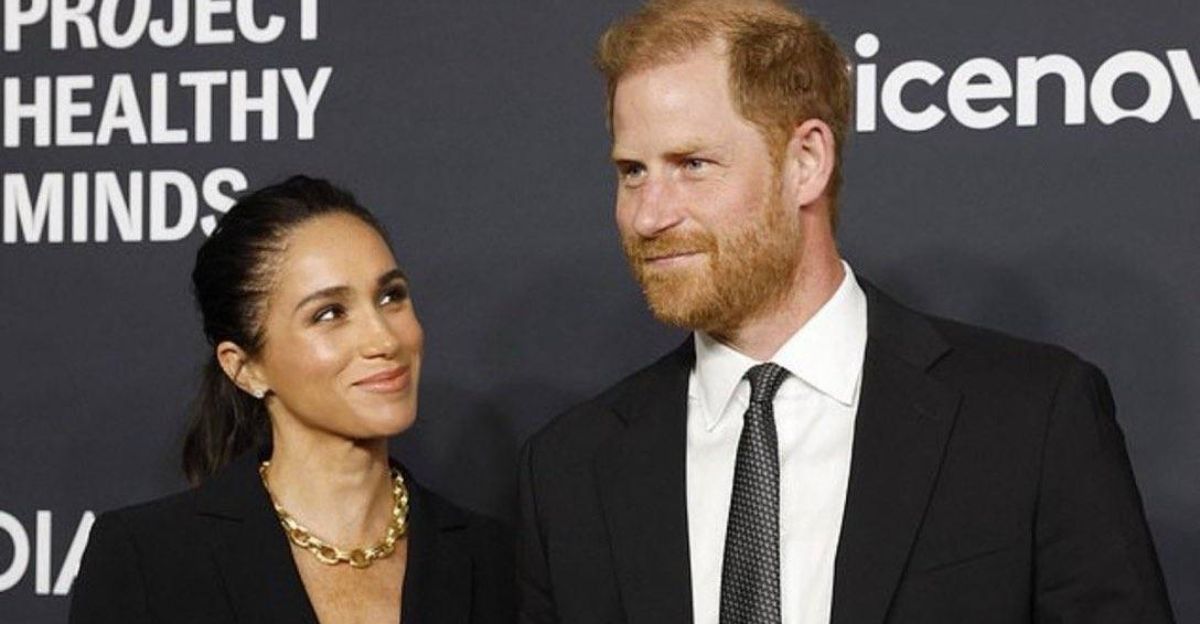
During his September 2024 visit, Harry presented King Charles with a framed photograph. Harry’s spokesperson clarified the gift did not feature Harry or Meghan, reflecting a personal gesture focused on family rather than public drama.
This act, acknowledging the gravity of their relationship amid Charles’s health concerns, may have sparked the decision to prominently display the Sussex photos.
The Ultimatum: No More “Half In, Half Out”
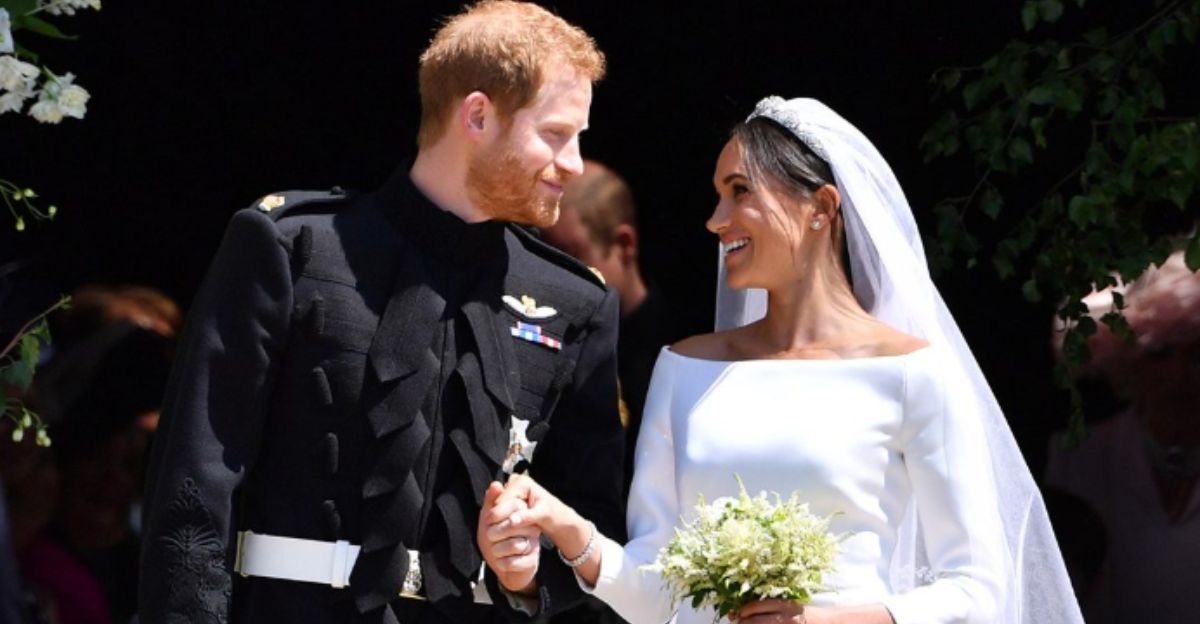
During recent private talks, King Charles reportedly made clear to Prince Harry that the era of “half in, half out” is over. If Harry wishes to return to royal duties, full integration into the institution would be required—meaning relinquishing lucrative independent ventures.
This would include stepping away from his estimated $100 million Netflix deal and foregoing future earnings linked to his $20 million memoir, Spare. The message underscores Charles’s view that royal duty cannot coexist with independent commercial branding, setting stark terms for any reconciliation.
Family Versus Institution
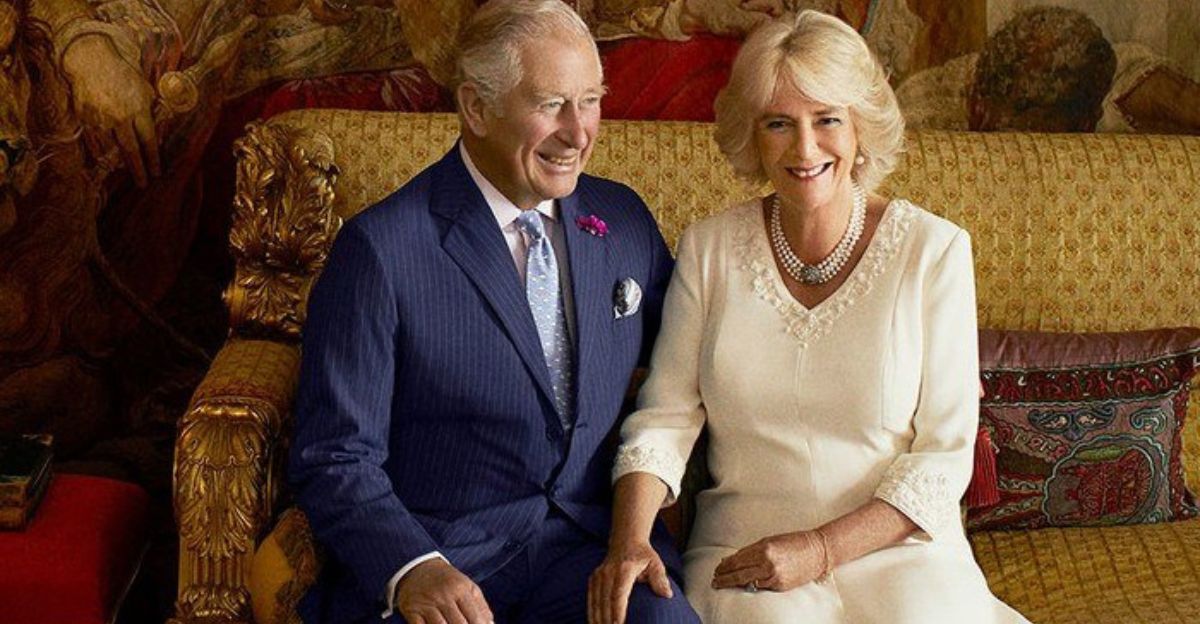
Charles faces a tension between fatherly affection and duty to the monarchy. Security complications for Harry’s visits, media scrutiny, and Prince William’s resistance add layers of complexity to any rapprochement effort.
A constitutional expert emphasizes the unique burden of being both patriarch and sovereign, underscoring how personal decisions ripple through the institution.
William’s Shadow Over Reconciliation
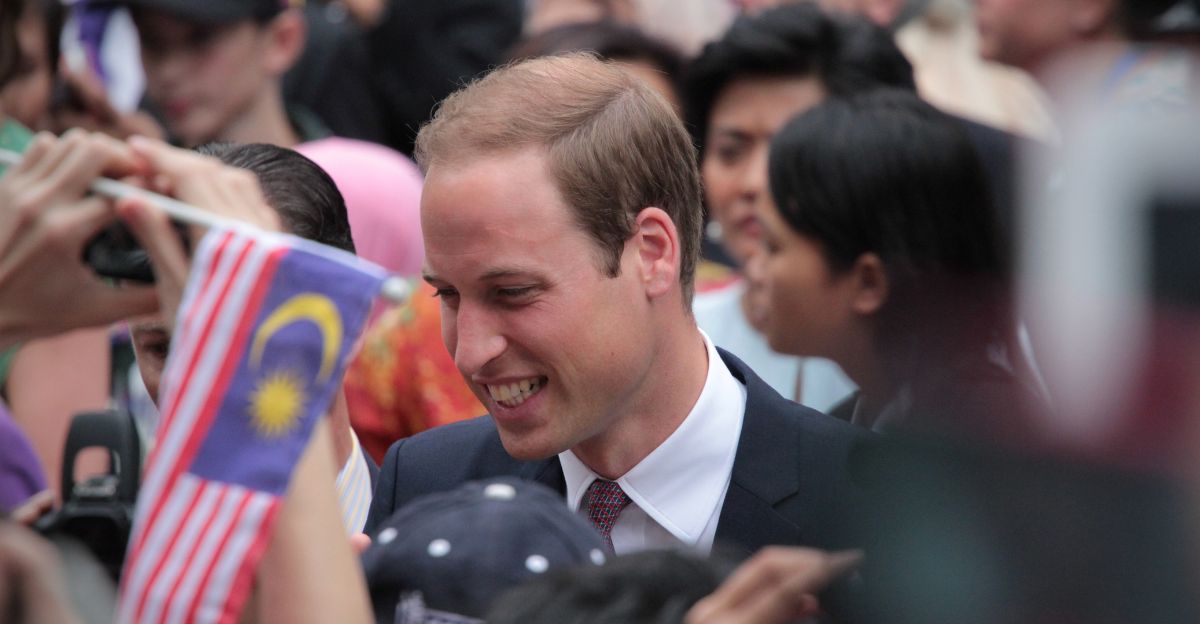
Prince William’s estrangement from Harry remains a formidable obstacle. Reports indicate William’s resentment over Harry’s public disclosures and reluctance toward reconciliation.
Charles’s olive branch, symbolized by the photo display, may deepen rifts within the next generation of royals even as it seeks to heal others.
The Cancer Diagnosis That Changed Calculations
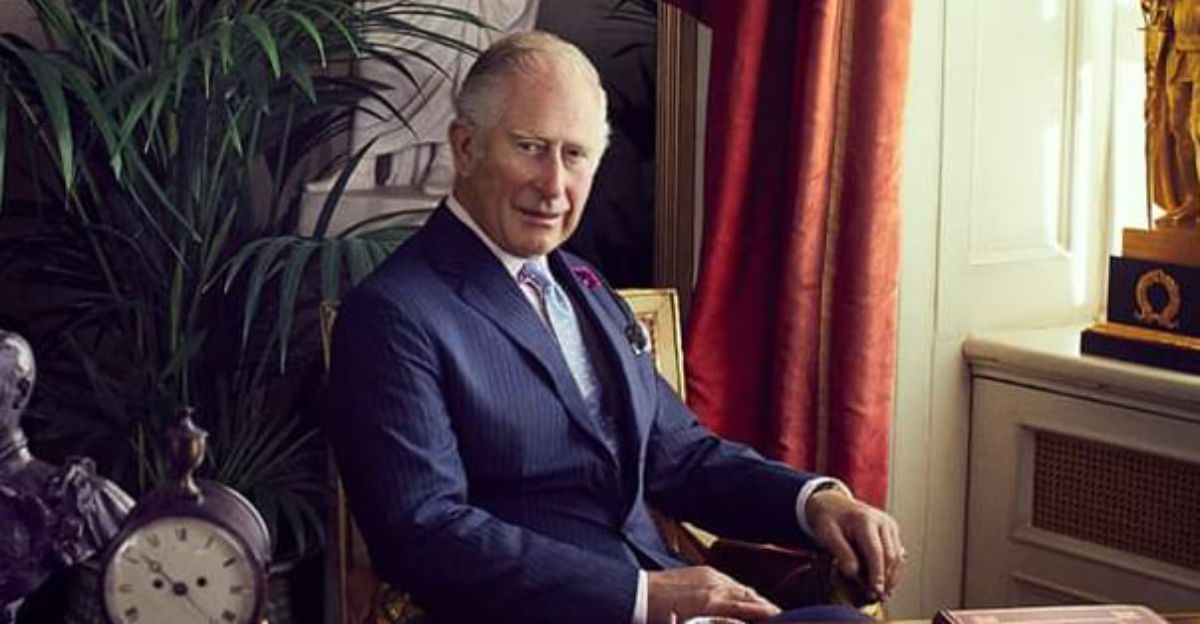
Charles’s February 2024 cancer diagnosis shifted family dynamics, injecting urgency into reconciliation efforts. Health concerns often prompt legacy considerations and prioritization of personal bonds.
Harry’s statement about life’s preciousness underscores the race against time both men face to mend fractured family ties.
What Happens Next?
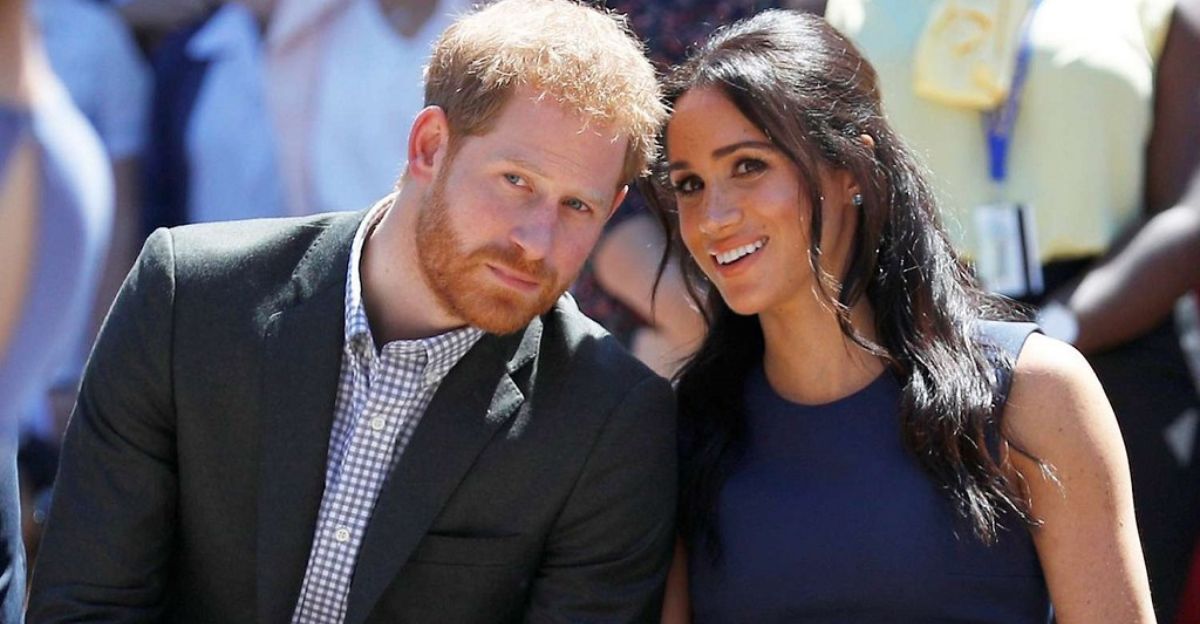
The question looms: will Harry and Meghan respond by visiting Hillsborough Castle and engaging with this gesture? Could this spark a gradual reintegration involving royal duties or family occasions?
Upcoming significant events offer potential opportunities for deeper reunions, but the choice ultimately rests with Harry and Meghan.
The Commonwealth Dimension
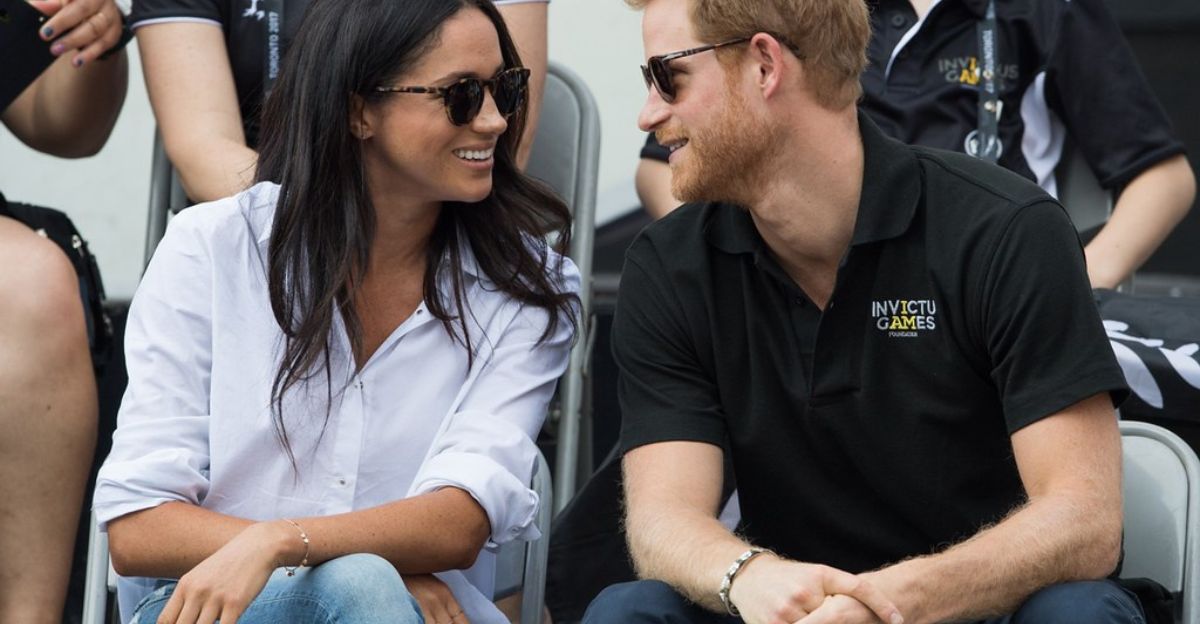
Harry’s humanitarian work across Africa and the Commonwealth remains a strong asset. Reconciliation could enable Charles to leverage Harry’s popularity on international tours, particularly in regions eager for royal engagement.
The future viability of the monarchy increasingly depends on connecting with younger, more diverse audiences—a space Harry might uniquely fill.
Meghan’s Role in the Equation
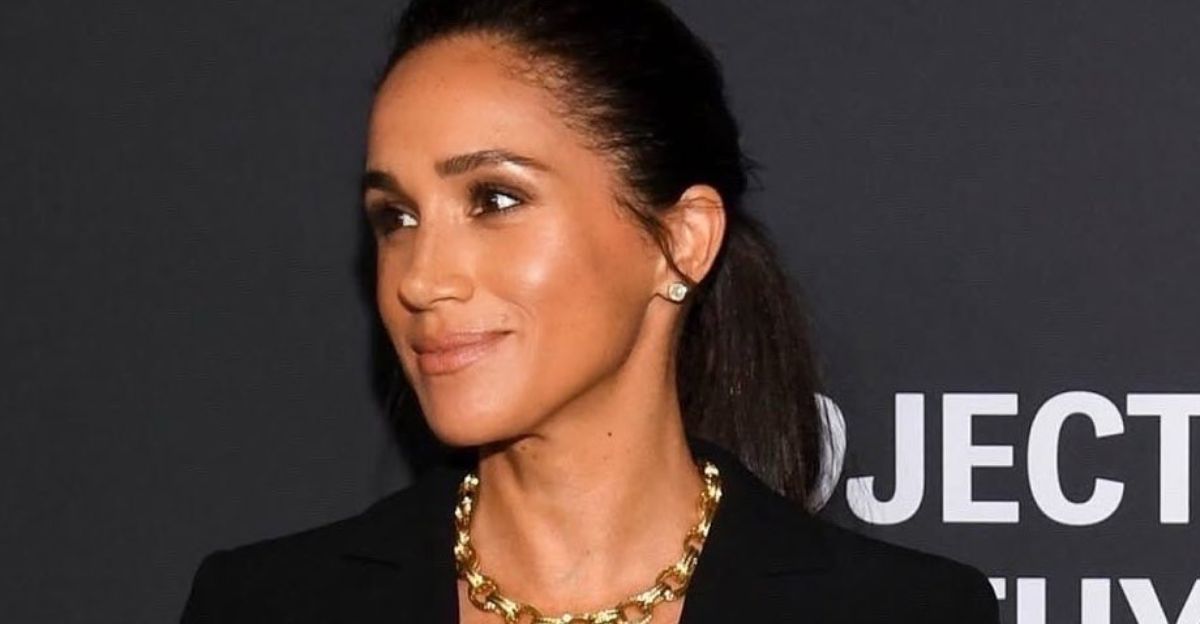
The inclusion of Meghan’s photo signals Charles’s recognition not just of Harry but of their partnership. Meghan has not returned to the UK since 2022, confronting her own challenges with the palace and media.
Any lasting reconciliation must address her position and willingness, introducing another vital layer to the family dynamic.
The Public’s Divided Verdict
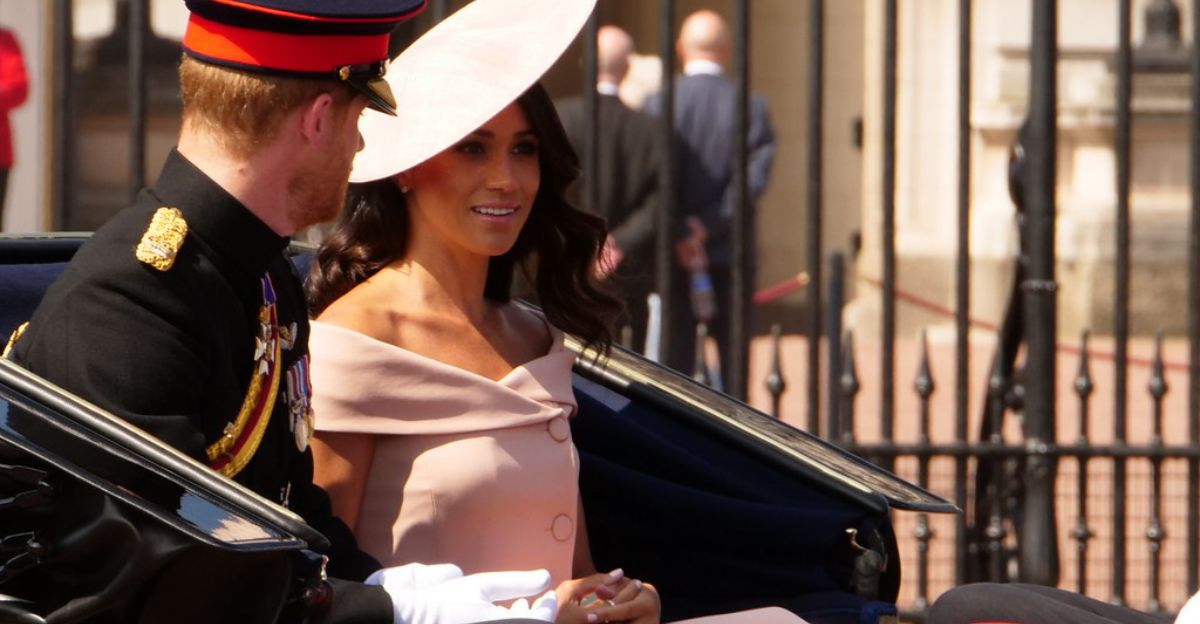
Public opinion in the UK remains split on Harry and Meghan, with generational and demographic divides influencing perceptions. Charles risks alienating some by extending olive branches, while others may judge silence as coldness.
This photo display tests public sentiment quietly, serving as a subtle barometer of popular response.
Lessons From Royal Reconciliation Past
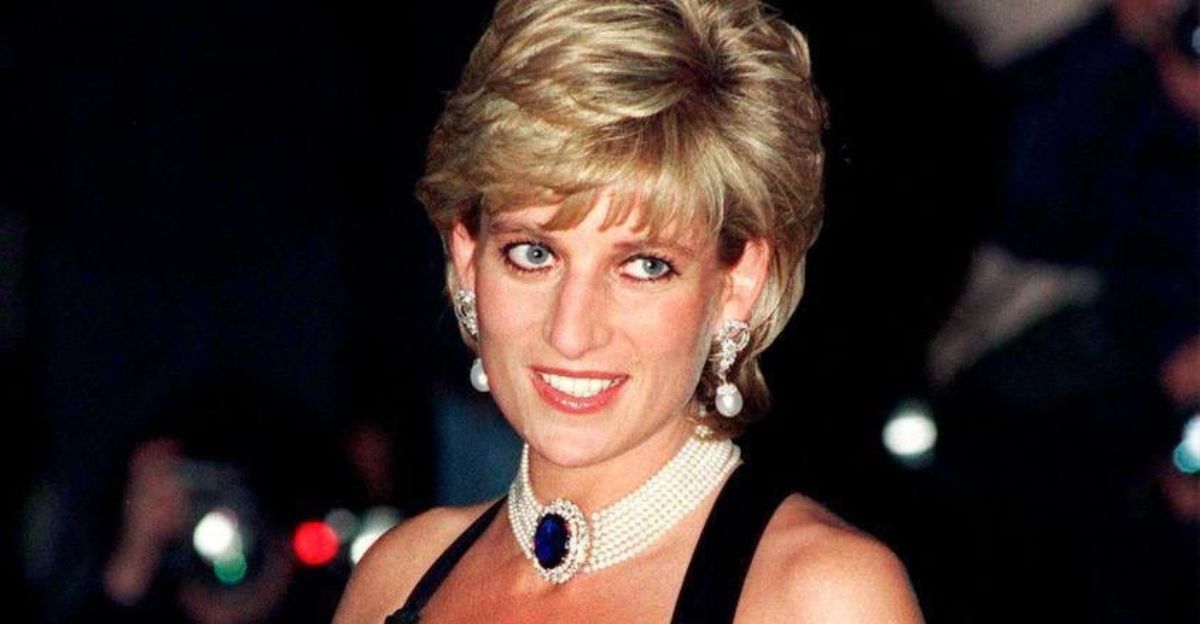
History offers mixed lessons on royal estrangements — from Edward VIII’s abdication to Diana’s troubled family relations. Past failures were marked by hard lines and lifelong exiles.
Charles’s approach may represent an evolution, favoring cautious symbolism over confrontation, learning from previous mistakes.
When Silence Speaks Louder Than Words
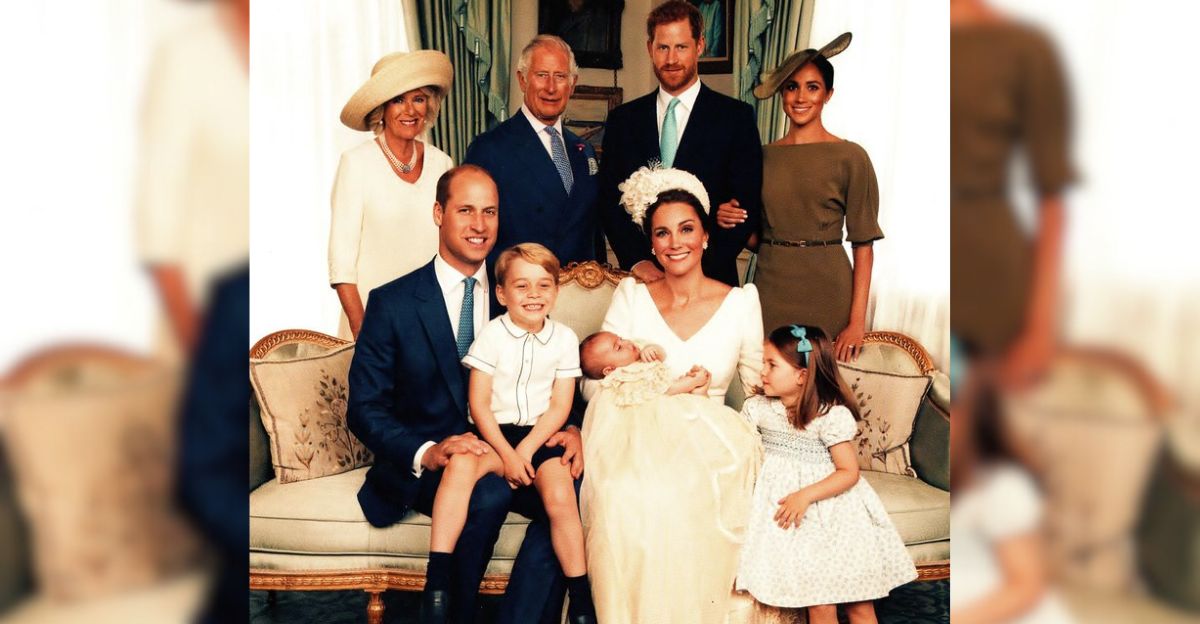
In an era dominated by loud announcements and social media storms, King Charles has opted for one of the most understated royal gestures possible: two framed photographs quietly displayed in a Northern Irish castle.
This restrained act may achieve more than public declarations ever could, sparking reconciliation through symbolism alone. Whether this signals genuine healing or just the first step remains unfolding.